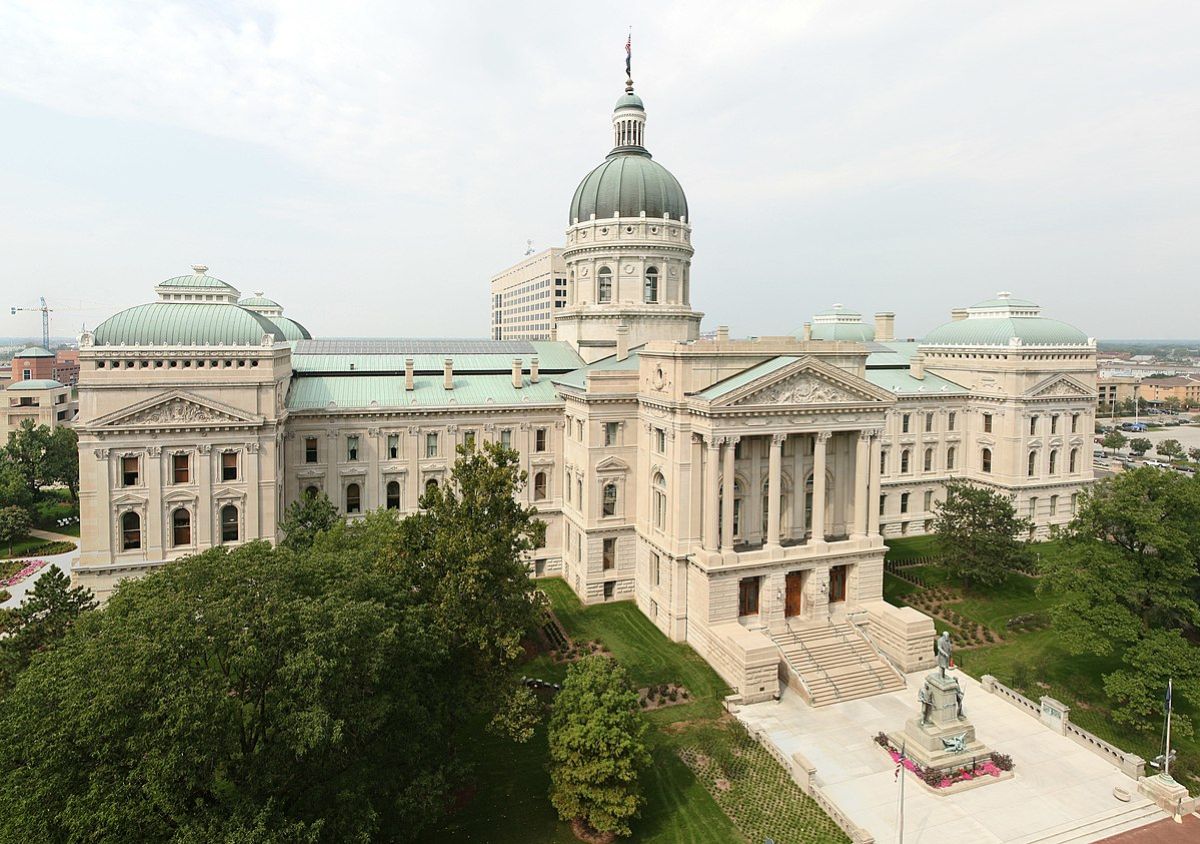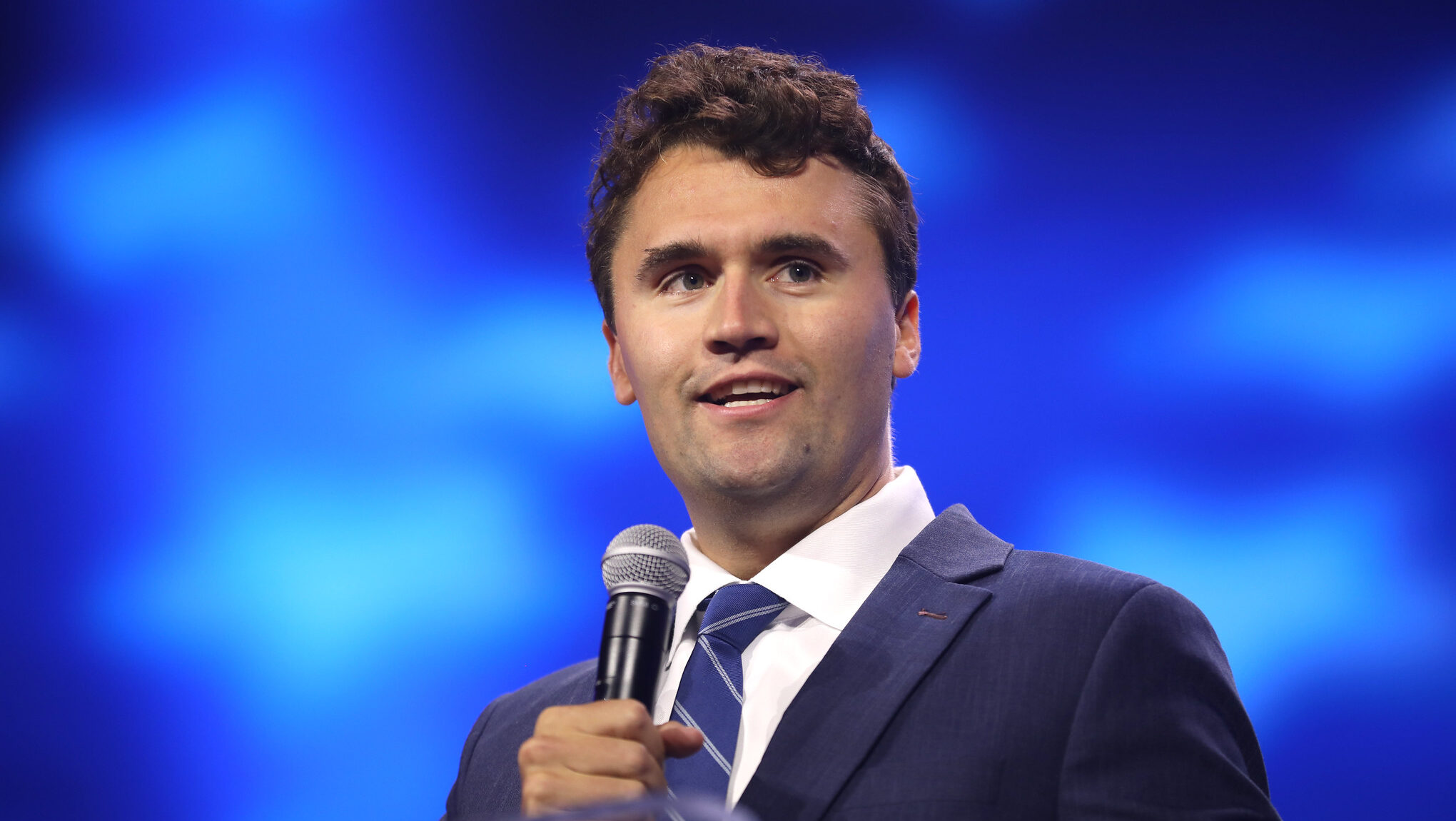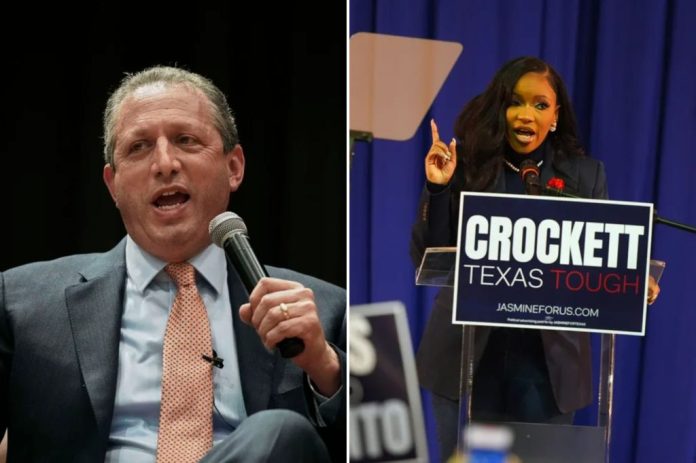New York City mayoralty usually a political ceiling, not floor
The article discusses the recent surprise victory of socialist Zohran Mamdani over former Governor Andrew Cuomo in the New York City Democratic mayoral primary. While Mamdani’s win has attracted national attention and suggests potential for a notable political future, historically, the New York City mayoralty has not served as a stepping stone to higher political office. In fact, being mayor of a major city like New York often hinders political advancement. The last NYC mayor to move on to a higher office did so in 1868, and recent mayors have struggled to win gubernatorial or presidential races despite efforts. This pattern is reflected nationally, as mayors of the largest U.S. cities rarely progress to significant state or federal positions.Factors for this include intense media scrutiny, political friction between cities and their states, demographic shifts favoring suburbs over cities, and the high-profile challenges that come with leading major municipalities. Thus, even if Mamdani wins the mayoralty in November, history suggests it may not lead to higher office, as the position often marks a political plateau or dead end rather than a career launchpad.
New York City mayoralty usually a political ceiling, not floor
Socialist Zohran Mamdani‘s shock victory over former Gov. Andrew Cuomo in the New York City Democratic mayoral primary may portend a big political future for Mamdani, a 33-year-old state assemblyman from Queens. Or, based on political history, likely not.
The mayoral election managed to grab the nation’s attention, with Mamdani, a self-declared socialist, coming out on top. Ranked choice voting tabulations show that Mamdani took 56% of the vote against 44% for Cuomo, who was New York‘s governor for a decade-plus before resigning in August 2021 amid a sexual harassment scandal. Mamdani won the June 24 Democratic primary by an edge of 44% to 36% over Cuomo, once a dominant and feared force in New York politics.
But the reality is that big city mayoralities have not proven to be a launching pad for higher office. Instead, being mayor of a major city, in New York City’s case, the most populous in America, with more than 8 million people, is a career-killer. The last New York City mayor who won a position after holding the mayorship was John Thompson Hopkins, who was elected New York governor back in 1868.
Nor is the failure to win political promotion due to a lack of trying by ambitious politicians. The last three mayors ran for president; none won a single primary state. Ed Koch lost his 1982 run for governor, coming up short in the Democratic primary against Andrew Cuomo’s father, then-New York Lt. Gov. Mario Cuomo, who went on to hold the state’s top job for 12 years. Former New York City Mayor Robert F. Wagner Jr. flopped in a 1956 Senate race, nearly three years into his 12-year tenure holding the Big Apple’s top municipal elected position.
To be sure, Mamdani hasn’t won the New York City mayoralty yet. On Nov. 4, he will face incumbent Mayor Eric Adams, a former Democrat who bolted the party in April to run as an independent after facing allegations of corruption and allying with President Donald Trump, and radio host and anti-crime activist Curtis Sliwa, who won the Republican nod without opposition. Cuomo also has left the door open to running as an independent. Still, in an overwhelmingly Democratic city, the party’s nominee has to be considered a favorite.
The poor track record of New York City mayors ascending to higher office may be why this election, like the last three before it, seemed to be filled with a combination of retreads, damaged goods, and “who dats.” New York City used to have an eclectic mix of federal and state officials vie for the top job, including a sitting senator in 1937 and, in later years, the richest of the rich, such as Michael Bloomberg, William Randolph Hearst, and Ron Lauder.
But since Bloomberg left office at the end of 2013, the elected officials seeking New York City’s mayoralty have been holders of not particularly powerful local offices or relatively low-level state legislators. The only two exceptions are Andrew Cuomo and former New York Rep. Anthony Weiner, a pair of Democrats who both resigned from higher office under what could charitably be called heavy clouds. (Weiner lost his political comeback bid in the June 24 Democratic primary when he finished fourth, with about 10% of the vote in a bid for a Manhattan-based City Council seat.)
Yet it’s not just New York where the mayors are tanking. A look at the top cities throughout the country provides ample evidence that this is a nationwide phenomenon. Over the last 40 years, mayors of the top 10 cities in the country have only once managed to move up to be elected senator or governor — former Philadelphia Mayor Ed Rendell, who last held office on the local level in 1996. Rendell, a Democrat, won his first of two gubernatorial terms in 2002. Over that same period, two top-10 mayors won congressional races, one a state attorney general, and four were appointed to cabinet positions or ambassadorships.
Even the non-top 10 big cities have, by and large, not been a successful jumping-off point. Gov. Gavin Newsom (D-CA) is the only former mayor among the 50 governors, and the city he helmed, San Francisco, is only the fourth largest in California (and 17th nationwide). Mayors of large but not huge cities have proven more successful in seeking the Senate, with six different mayors leaping politically.
It’s not clear why mayors have flopped, though there are a number of possible causes. With most large news outlets based in the biggest cities, the mayor gets an inordinate amount of press coverage, even compared to governors (who may be based in much smaller cities in the state where the capital is located). Whatever advantage is gained in terms of name recognition is to some extent mitigated by the higher levels of scrutiny and criticism.
The big city may also face significant pushback from the rest of the state, who frequently feel slighted and have a love/hate or simply hate/hate relationship with their biggest metropolises. Koch called the suburbs “sterile” and said living there was “wasting your life.” Perhaps unsurprisingly, he then lost to Mario Cuomo in that gubernatorial primary. The mayor may also be from the opposite party as the state’s political leaning, but even there, only seven mayors have lost a general election race, and three have lost primaries, in these cities over the last 40 years.
One other important factor may be that the nation’s growth is simply not in the cities, but rather in outlying regions, such as suburbs and exurbs, or in other, larger cities. In 1950, when the population of America was 151 million — less than half of the current total — New York City’s population was slightly under 8 million. Today, it is 8.4 million, a very modest growth compared to the rest of the country. While the names of many of the top cities have shifted in the years since then (for example, Phoenix rose from 99th to fifth and St. Louis fell from eighth to 80th), the population difference for each rank is relatively similar. The fifth-largest city in 1950 (Detroit) had 1.8 million, and today, Phoenix has 1.6 million.
The result is that mayors represent a smaller portion of the overall population, but may be getting increasingly negative attention. And this may prove devastating to their career prospects.
FBI WITHHELD 2020 CHINA INVESTIGATION TO AVOID CONTRADICTING WRAY, RECORDS SHOW
Mayors have long been seen as the leading electoral lights. Three presidents were previously mayors — though the last was a century ago with Calvin Coolidge, who led Northampton, Massachusetts, from 1910 to 1912.
This all points to the New York City general election, and history shows the city’s mayoralty is a poor way for a political star to move forward. If Mamdani wins that job in November, he may discover what his predecessors did — mayoralty is a graveyard for political careers.
Joshua Spivak is a senior research fellow at UC Berkeley Law’s California Constitution Center and a senior fellow at the Hugh L. Carey Institution for Government Reform at Wagner College. He is the author of Recall Elections: From Alexander Hamilton to Gavin Newsom.
" Conservative News Daily does not always share or support the views and opinions expressed here; they are just those of the writer."




